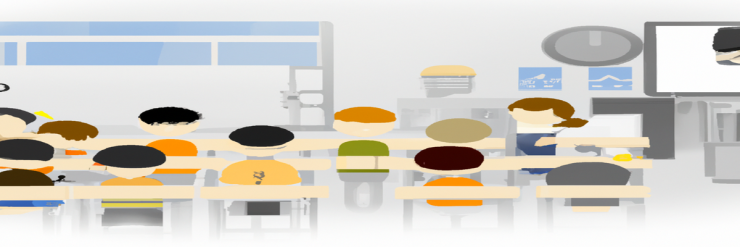How to Build a Career in the Quantum Computing Industry?
Tutorials

STEP 1:
Start by gaining a strong foundation in mathematics, physics, and computer science. These are the foundational fields that underpin quantum computing.
STEP 2:
Begin learning about quantum mechanics, quantum computing, and quantum algorithms. This can be done through online resources, such as tutorials and lectures, or by taking relevant classes at a university.
STEP 3:
Get hands-on experience with quantum computing. This can be done through online quantum computing simulators, such as IBM Q Experience or Rigetti Forest, or by working with actual quantum computing hardware.
STEP 4:
Learn about the various types of quantum computing architectures, such as gate-based and topological quantum computing, and the different types of quantum computing technologies, such as superconducting qubits and trapped ions.
STEP 5:
Brush up on programming languages that are commonly used in quantum computing, such as Python, C++, and Q#.
STEP 6:
Develop your skills in areas that are in high demand in the industry, such as quantum error correction, quantum algorithms, and quantum software development.
STEP 7:
Network with professionals in the field by attending conferences, joining relevant professional organizations, and connecting with other professionals on LinkedIn.
STEP 8:
Consider pursuing a graduate degree in quantum computing or a related field, such as physics or computer science.
STEP 9:
Look for job opportunities in the quantum computing industry, such as research positions at universities or companies working on quantum computing technologies, or positions in quantum software development or quantum consulting.
STEP 10:
Continuously update your knowledge and skills by staying current with the latest developments and advancements in the field.
Please note that this field is rapidly evolving and the job market is still developing, so the specific steps and resources may vary depending on the time and location.
